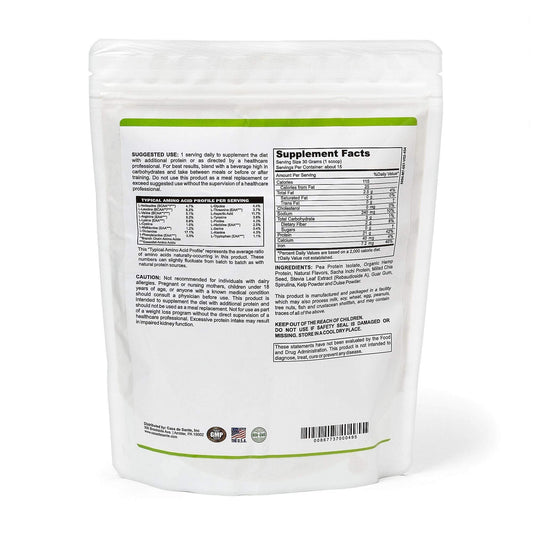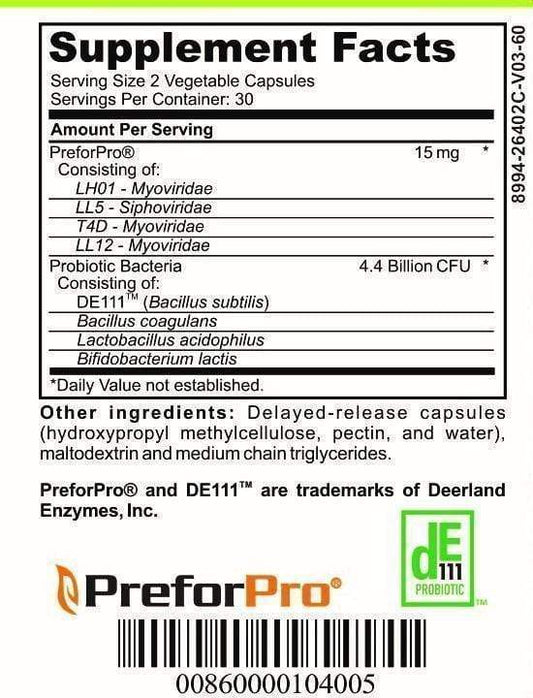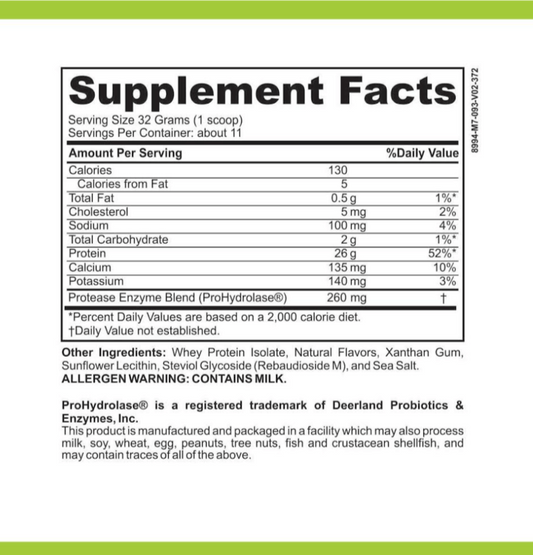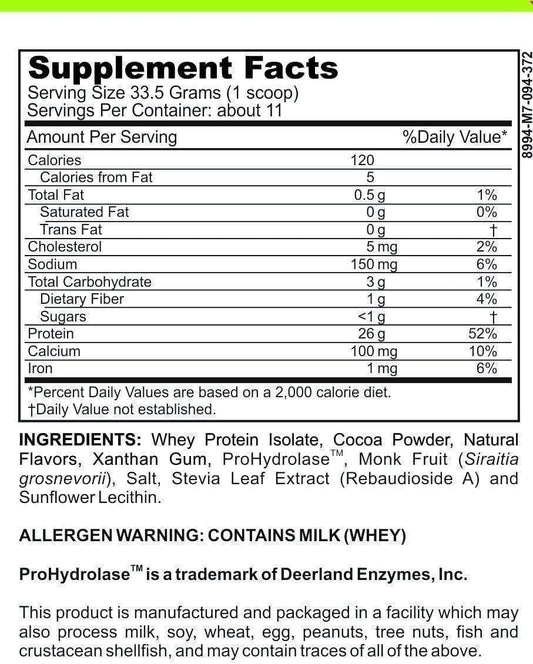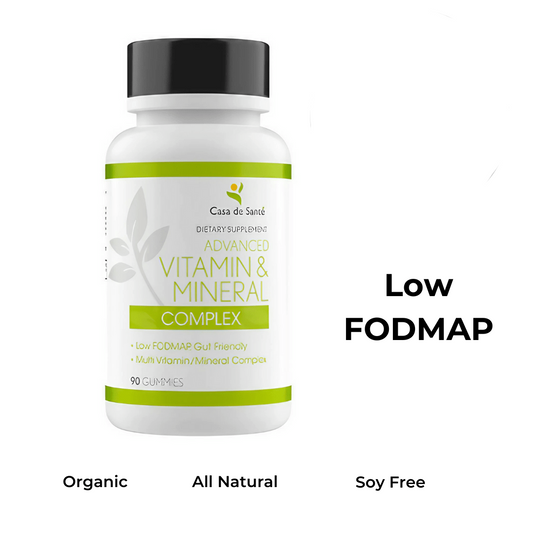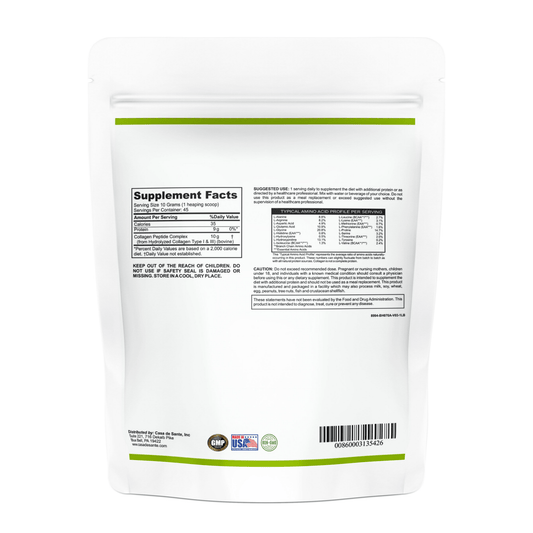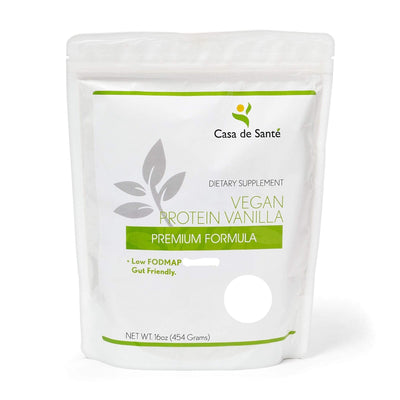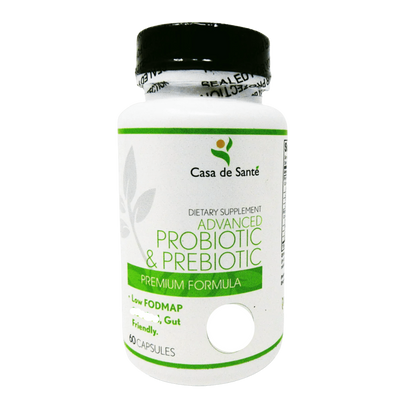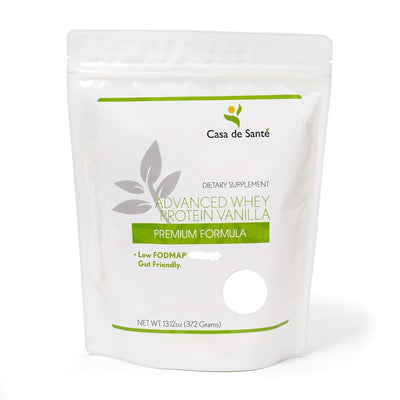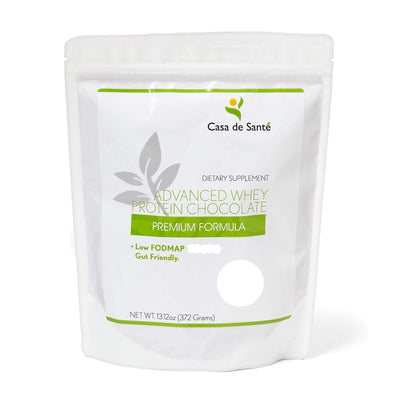Is Tzatziki Keto
Is Tzatziki Keto
Tzatziki is a popular Greek sauce made with yogurt, cucumbers, garlic, and herbs. It's often served as a dip or condiment, and its creamy texture and refreshing taste make it a favorite among many. But if you follow a ketogenic diet, you may be wondering if tzatziki fits into your eating plan. In this article, we will explore the nutritional profile of tzatziki and evaluate whether it can be incorporated into a keto diet.
Understanding the Keto Diet
Before we dive into the specifics of tzatziki, let's first have a basic understanding of the keto diet. The ketogenic diet is a high-fat, low-carbohydrate eating plan that aims to put your body into a state of ketosis. Ketosis is a metabolic state in which your body burns fat for fuel instead of glucose, leading to weight loss and other health benefits.
The keto diet has gained popularity in recent years due to its potential to help individuals lose weight and improve their overall health. By drastically reducing carbohydrate intake and increasing fat consumption, the body is forced to shift its primary source of fuel from glucose to fat. This metabolic adaptation can lead to significant weight loss and improved insulin sensitivity.
When you consume carbohydrates, your body breaks them down into glucose, which is then used as the main source of energy. However, when you restrict carbohydrates, your body begins to deplete its glycogen stores and looks for an alternative fuel source. In the absence of glucose, your liver starts producing ketones from stored fat, which are then used as an energy source by your brain and muscles.
The Basics of Ketosis
To achieve ketosis, you need to drastically reduce your carbohydrate intake and increase your fat consumption. This shift in macronutrients forces your body to rely on fat for energy, which can help you shed excess pounds.
When following a keto diet, it's important to understand that not all fats are created equal. While it's true that the diet emphasizes high-fat foods, it's crucial to focus on healthy fats such as avocados, nuts, seeds, and olive oil. These fats provide essential nutrients and promote satiety, making it easier to stick to the diet long-term.
Additionally, protein intake should be moderate on a ketogenic diet. Consuming too much protein can potentially kick you out of ketosis, as excess protein can be converted into glucose through a process called gluconeogenesis. It's important to strike a balance between fat, protein, and carbohydrate intake to maintain ketosis and reap the benefits of the diet.
Macronutrients in the Keto Diet
On a standard ketogenic diet, the macronutrient breakdown is usually around 70-75% fat, 20-25% protein, and 5-10% carbohydrates. This tight control of macronutrient ratios is crucial for maintaining ketosis.
By limiting carbohydrates to such a low percentage, you force your body to rely on fat as its primary source of energy. This metabolic shift can have various benefits, including weight loss, improved mental clarity, increased energy levels, and better blood sugar control.
It's important to note that the keto diet may not be suitable for everyone. Individuals with certain medical conditions, such as pancreatitis or liver disease, should consult with a healthcare professional before embarking on a ketogenic eating plan. Additionally, it's essential to listen to your body and make adjustments as needed, as everyone's nutritional needs and tolerances are different.
The Nutritional Profile of Tzatziki
Tzatziki, a popular Mediterranean sauce, is not only delicious but also offers a range of nutritional benefits. To determine whether tzatziki is keto-friendly, we need to analyze its nutritional profile. Let's take a closer look at the ingredients and nutritional breakdown of this flavorful sauce.
Ingredients in Tzatziki
Tzatziki is typically made with a combination of Greek yogurt, cucumber, garlic, dill, lemon juice, and olive oil. Each ingredient plays a crucial role in creating the unique taste and texture of this delectable sauce.
Greek yogurt serves as the base of tzatziki, providing a creamy and tangy flavor. It is also a great source of protein, calcium, and probiotics, which promote a healthy gut. Cucumber adds a refreshing crunch and contributes to the overall hydration of the sauce. It is low in calories and high in water content, making it a hydrating and nutritious addition. Garlic, known for its pungent aroma and distinct taste, not only enhances the flavor but also offers various health benefits, including boosting the immune system and reducing inflammation. Dill, with its delicate and herbaceous flavor, adds a pleasant freshness to tzatziki. It is rich in antioxidants and may have antimicrobial properties. Lemon juice provides a zesty and tangy kick while offering a dose of vitamin C, which supports immune health. Lastly, olive oil, a staple of the Mediterranean diet, adds richness and healthy fats to the sauce. It is packed with monounsaturated fats, which are beneficial for heart health.
Nutritional Breakdown of Tzatziki
A 100-gram serving of tzatziki contains approximately 97 calories, 6 grams of fat, 8 grams of carbohydrates, and 3 grams of protein. The precise nutritional values may vary depending on the specific recipe or brand. With its moderate calorie content, tzatziki can be enjoyed as a flavorful addition to various dishes.
The fat content in tzatziki primarily comes from the Greek yogurt and olive oil. While it is important to consume fats in moderation, the fats found in tzatziki are mainly healthy monounsaturated fats from olive oil, which can contribute to a well-balanced diet. The carbohydrate content in tzatziki mainly stems from the yogurt and cucumber, providing a source of energy. The protein content, although not as high as other protein-rich foods, still offers a decent amount, especially considering that tzatziki is primarily a sauce.
It is worth noting that tzatziki can be a versatile addition to a keto diet when consumed in moderation. However, it is essential to consider the overall carbohydrate intake from other sources throughout the day to maintain ketosis.
Overall, tzatziki not only adds a burst of flavor to various dishes but also offers a range of nutrients. Its combination of Greek yogurt, cucumber, garlic, dill, lemon juice, and olive oil creates a sauce that is not only delicious but also contributes to a well-rounded and nutritious diet.
Evaluating Tzatziki for the Keto Diet
With the nutritional information in hand, let's consider whether tzatziki can be included in a keto diet.
Tzatziki, a traditional Greek sauce made from yogurt, cucumber, garlic, and herbs, is a popular choice for many people following a keto diet. It offers a refreshing and tangy flavor that can enhance the taste of various dishes. However, when it comes to incorporating tzatziki into a keto meal plan, it's important to consider its carb, fat, and protein content.
Carb Content in Tzatziki
While tzatziki does contain carbohydrates, the amount is relatively small compared to other dips or sauces. This makes it a suitable option for those who are mindful of their carb intake. In a typical serving of tzatziki, which is about 2 tablespoons, you can expect to find around 3-4 grams of carbohydrates. This carb content primarily comes from the natural sugars present in the yogurt and cucumber.
For individuals following a strict keto diet, it's essential to limit daily carb intake to induce and maintain a state of ketosis. However, incorporating a moderate serving of tzatziki into your keto meal plan can be manageable for many individuals. It adds a burst of flavor without significantly impacting your carb limit.
Fat and Protein Content in Tzatziki
One of the primary goals of the keto diet is to consume adequate fat to promote ketosis. Tzatziki contains a moderate amount of fat, primarily from the yogurt and olive oil used in its preparation. These healthy fats can help you meet your daily fat intake and keep you feeling satisfied.
However, it's worth noting that the protein content in tzatziki is relatively low. While yogurt does contain some protein, the overall protein content in tzatziki is not significant. If you plan to have tzatziki as part of a meal, consider pairing it with protein-rich foods to achieve a more balanced macronutrient profile. This will ensure that you meet your protein requirements for the day and maintain muscle mass.
When it comes to the keto diet, it's important to strike a balance between your macronutrient intake. While tzatziki can be a delicious addition to your meals, it's crucial to consider the overall composition of your diet and make adjustments accordingly. By incorporating tzatziki in moderation and pairing it with protein-rich foods, you can enjoy its flavors while staying on track with your keto goals.
Incorporating Tzatziki into a Keto Diet
Now that we've established that tzatziki can be compatible with the keto diet, let's discuss some ways to incorporate it into your eating plan.
Tzatziki, a creamy and tangy Greek sauce made with yogurt, cucumber, garlic, and herbs, is not only delicious but also a great addition to a keto diet. It is low in carbs and high in healthy fats, making it an ideal choice for those following a ketogenic eating plan.
Serving Suggestions for Tzatziki
Tzatziki is incredibly versatile and can be enjoyed in various ways on a keto diet. You can use it as a dip for low-carb vegetables like cucumber slices, bell pepper strips, or celery sticks. The cool and refreshing taste of tzatziki pairs perfectly with the crunchiness of these vegetables, creating a satisfying and healthy snack.
Not only is tzatziki a great dip, but it also adds a refreshing flavor to grilled meat or fish. Whether you're grilling a juicy steak, a tender chicken breast, or a piece of succulent salmon, adding a dollop of tzatziki on top can elevate the flavors and make your meal even more enjoyable.
Alternatively, you can get creative and use tzatziki as a dressing for salads. Instead of the usual high-carb dressings, which can hinder your progress on the keto diet, tzatziki provides a creamy and flavorful alternative. It works particularly well with Mediterranean-inspired salads, packed with fresh vegetables, olives, and feta cheese.
Portion Control and Moderation
While tzatziki can be a nutritious addition to your keto meals, it's important to practice portion control and moderation. As with any food, consuming excessive amounts of tzatziki can disrupt the delicate balance of macronutrients and potentially kick you out of ketosis.
Remember, even though tzatziki is low in carbs, it still contains calories, primarily from the fat content. Be mindful of your overall calorie intake and adjust your portion sizes accordingly. A tablespoon or two of tzatziki can go a long way in enhancing the flavors of your meals without derailing your keto goals.
Additionally, it's worth noting that not all store-bought tzatziki brands are created equal. Some may contain added sugars or fillers that can increase the carb content. To ensure you're staying true to your keto diet, consider making your own tzatziki at home using fresh and high-quality ingredients.
By incorporating tzatziki into your keto diet, you can enjoy a flavorful and satisfying addition to your meals while staying on track with your health and wellness goals. Experiment with different serving suggestions and find the combinations that work best for you. Bon appétit!
Other Keto-Friendly Dips and Sauces
If you're looking for alternatives to tzatziki or want to add some variety to your keto meals, here are a few suggestions:
Alternatives to Tzatziki
Guacamole, made from avocado, is a delicious and keto-friendly dip that's rich in healthy fats. Salsa, made with tomatoes, onions, and spices, is another low-carb option to consider. Both guacamole and salsa can be enjoyed with low-carb chips or as toppings for your favorite keto dishes.
Making Your Own Keto-Friendly Dips
If you enjoy experimenting in the kitchen, try making your own keto-friendly dips and sauces. You can use mayo, sour cream, or cream cheese as bases and add herbs, spices, or low-carb vegetables to create unique flavor combinations. Homemade dips allow you to have full control over the ingredients and macros, making them an excellent choice for individuals following a keto diet.
In conclusion, tzatziki can be a keto-friendly choice when consumed in moderation. Its moderate fat and carbohydrate content make it compatible with the macronutrient ratios of a standard ketogenic diet. However, as with any food on a keto diet, portion control is essential. By incorporating tzatziki into your meals mindfully, you can enjoy its creamy goodness while still reaping the benefits of ketosis.


